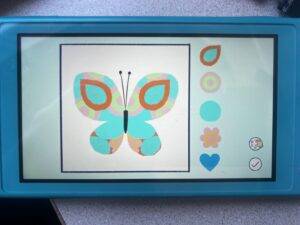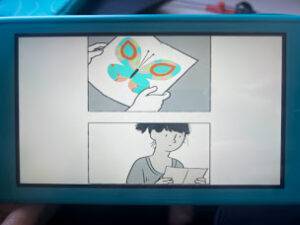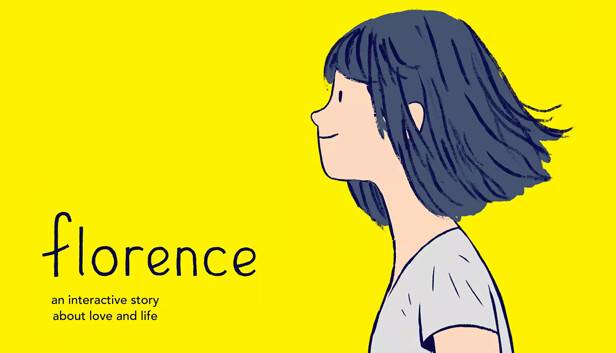Florence, developed by Mountains and published by Annapurna Interactive, is a narrative-driven game designed for players who appreciate emotional storytelling and intimate character studies. The game is available on iOS/Android, Mac/PC, and Nintendo Switch. Florence’s target audience includes individuals who enjoy casual games with a focus on narrative depth and personal experiences, as well as those interested in exploring new forms of interactive storytelling.

Florence’s narrative centers on the protagonist, Florence Yeoh, as she navigates her early twenties. The game excels in using minimalist mechanics to convey emotional experiences, such as the tactile act of dragging puzzle pieces to simulate the effort of maintaining a conversation (and making the puzzles easier as the conversation gets easier). These design choices create an immersive and emotionally resonant experience, distinguishing Florence from other narrative-driven games like Life is Strange or Gone Home, which often rely on more complex mechanics and/or darker themes.
To me, playing this game as a feminist meant putting myself in the shoes of the protagonist as I played. That is something I typically do when playing games, but it tends to be easier when the protagonist is female so it was fairly easy with this game. I turned the music up, put distractions away, and played. Because of the smart design decisions of the game, I felt immersed in Florence’s experiences; I particularly enjoyed that my previous decisions made an impact on the story, however slight, when a piece of artwork I made in the game was the same artwork used in the comic section of the story.



A particularly clever design decision is the use of color and sound to reflect Florence’s emotional state. During her most fulfilling moments, the game’s visuals become more vibrant, and the music more uplifting; for example, it swells to a peak when she first kisses Krish. Specifically the color yellow is vital to understanding Florence’s emotional state. Conversely, during moments of conflict, the colors dull, and the soundtrack becomes subdued. This use of formal elements enhances the storytelling, making Florence’s emotional journey palpable to the player.
One notable critique is that the game relies on Florence’s romantic relationship with Krish as the primary catalyst for her growth. This aligns with traditional narratives where a woman’s development is closely tied to her romantic life. From a feminist perspective, this could be seen as reinforcing the notion that women’s lives are primarily defined by their romantic relationships. To align more closely with feminist principles, the game could examine more how her relationship with her mother affects her experiences and interactions. There are a few sections at the beginning of the game where this relationship is explored, and I did not finish the game so there may be more, but if there is not I think there should be. This would resonate with Shira Chess’s advocacy for games that reflect diverse feminist experiences and challenge monolithic portrayals of womanhood.

Discussion question: How can Florence’s narrative be expanded to address broader feminist issues while maintaining its intimate, personal storytelling approach? Should it even be concerned with achieving that?




